What are you looking for at Aqrani library?
-

Jacques Cazotte
Born in Dijon, he was educated by the Jesuits. Cazotte then worked for the French Ministry of the Marine and at the age of 27 he obtained a public office at Martinique. It was not till his return to Paris in 1760 with the rank of commissioner-general that he made his public debut as an author. His first attempts, a mock romance and a coarse song, gained so much popularity, both in the Court and among the people, that he was encouraged to try something more ambitious. He accordingly produced his romance, Les Prouesses inimitables d'Ollivier, marquis d'Edesse.Cazotte wrote a number of fantastic oriental tales, such as his children's fairy tale La patte du chat (The Cat's Paw, 1741) and the humorous Mille et une fadaises, Contes a dormir debout (The Thousand and One Follies, Tales to Sleep Upright 1742). His first success was with a "poem" in twelve cantos, and in prose intermixed with verse, entitled Ollivier (2 vols, 1762), followed in 1771 by another romance, the Lord Impromptu. But the most popular of his works was Le Diable amoureux (The Devil in Love, 1772), a fantastic tale in which the hero raises the Devil. The value of the story lies in the picturesque setting, and the skill with which its details are carried out.Cazotte copy-edited, adapted, and expanded French translations of tales actually and supposedly belonging to the Thousand and One Nights provided to him by the Syrian priest Dom Denis Chavis. These stories were published in Geneva in 1788-89, independently as Continuation des Mille et Une Nuits and, in the Cabinet des Fées anthology, as Suites des Mille et Une Nuits (1788–1789).Cazotte possessed extreme facility that he is said to have dashed off a seventh canto of Voltaire's Guerre civile de Genève in a single night. Circa 1775 Cazotte, embraced the creed of the Illuminati and declared himself possessed of the power of prophecy. It was upon this event that Jean-François de la Harpe based his famous jeu d'esprit, in which he represents Cazotte as prophesying the most minute events of the French Revolution. Near the end of his life, Cazotte became a follower of the Martinist mysticism of Martinez de Pasqually, and became a "mystical monarchist". Upon the discovery of some of his counter-revolutionary letters in August 1792, Cazotte was arrested. He escaped for a time through the efforts of his daughter but was guillotined in September.
-
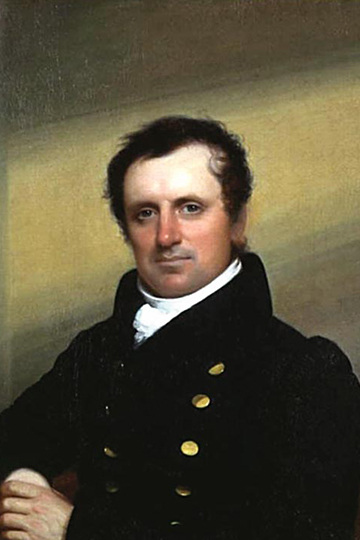
James Fenimore Cooper
James Fenimore Cooper (September 15, 1789 – September 14, 1851) was an American writer of the first half of the 19th century. His historical romances depicting frontier and Native American life from the 17th to the 19th centuries created a unique form of American literature. He lived much of his boyhood and the last fifteen years of life in Cooperstown, New York, which was founded by his father William Cooper on property that he owned. Cooper became a member of the Episcopal Church shortly before his death and contributed generously to it. He attended Yale University for three years, where he was a member of the Linonian Society.After a stint on a commercial voyage, Cooper served in the U.S. Navy as a midshipman, where he learned the technology of managing sailing vessels which greatly influenced many of his novels and other writings. The novel that launched his career was The Spy, a tale about espionage set during the American Revolutionary War and published in 1821. He also created American sea stories. His best-known works are five historical novels of the frontier period, written between 1823 and 1841, known as the Leatherstocking Tales, which introduced the iconic American frontier scout, Natty Bumppo. Cooper's works on the U.S. Navy have been well received among naval historians, but they were sometimes criticized by his contemporaries. Among his most famous works is the romantic novel The Last of the Mohicans, often regarded as his masterpiece. Throughout his career, he published numerous social, political, and historical works of fiction and non-fiction with the objective of countering European prejudices and nurturing an original American art and culture.
-
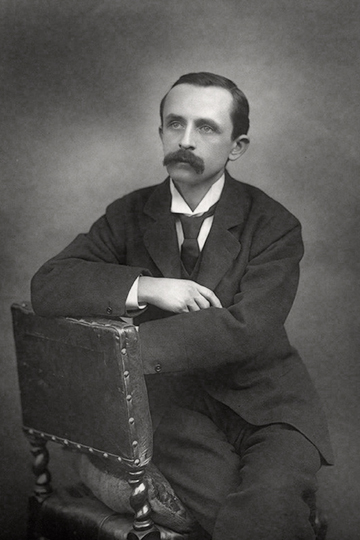
James Matthew Barrie
Sir James Matthew Barrie, 1st Baronet, ( 9 May 1860 – 19 June 1937) was a Scottish novelist and playwright, best remembered as the creator of Peter Pan. He was born and educated in Scotland and then moved to London, where he wrote a number of successful novels and plays. There he met the Llewelyn Davies boys, who inspired him to write about a baby boy who has magical adventures in Kensington Gardens (first included in Barrie's 1902 adult novel The Little White Bird), then to write Peter Pan, or The Boy Who Wouldn't Grow Up, a 1904 "fairy play" about an ageless boy and an ordinary girl named Wendy who have adventures in the fantasy setting of Neverland.Although he continued to write successfully, Peter Pan overshadowed his other work, and is credited with popularising the name Wendy. Barrie unofficially adopted the Davies boys following the deaths of their parents. Barrie was made a baronet by George V on 14 June 1913, and a member of the Order of Merit in the 1922 New Year Honours. Before his death, he gave the rights to the Peter Pan works to Great Ormond Street Hospital for Children in London, which continues to benefit from them.
-
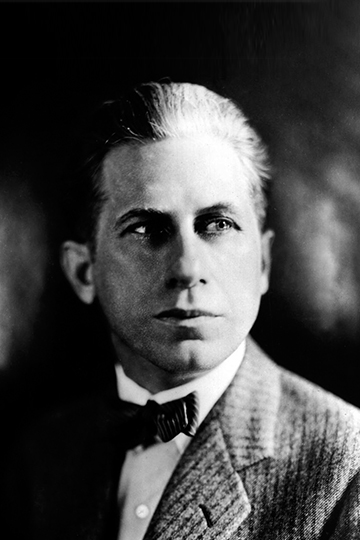
James Oliver Curwood
James Oliver Curwood (June 12, 1878 – August 13, 1927) was an American action-adventure writer and conservationist. His books were often based on adventures set in the Hudson Bay area, the Yukon or Alaska and ranked among the top-ten best sellers in the United States in the early and mid 1920s, according to Publishers Weekly. At least one hundred and eighty motion pictures have been based on or directly inspired by his novels and short stories, one was produced in three versions from 1919 to 1953. At the time of his death, Curwood was the highest paid (per word) author in the world.
-
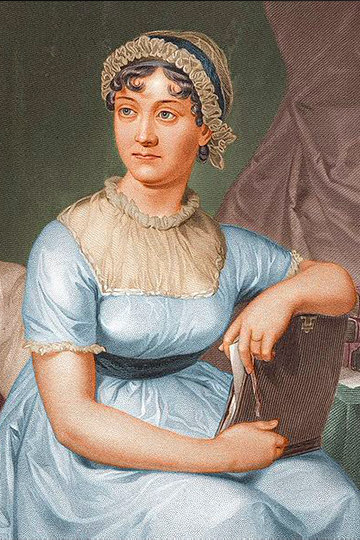
Jane Austen
Jane Austen, born December 16, 1775 in Steventon, Hampshire, England, and died July 18, 1817 in Winchester, England, was an English novelist. known primarily for her six major novels, which interpret, critique and comment upon the British landed gentry at the end of the 18th century. Her works critique the novels of sensibility of the second half of the 18th century and are part of the transition to 19th-century literary realism. Her use of biting irony, along with her realism, humour, and social commentary, have long earned her acclaim among critics, scholars, and popular audiences alike. During her lifetime, Austen may have written as many as 3,000 letters, but only 161 survived.
-
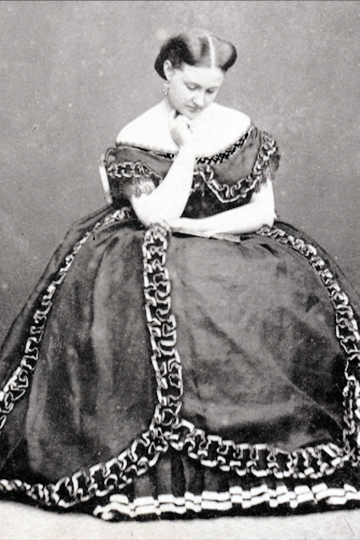
Jeanne leroy Allais
Rose-Jeanne-Mathilde Leroy-Allais, is the older sister of Alphonse Allais. She accompanied her brother to Paris where he studied at the School of Pharmacy. She teaches as a free teacher. It was in Paris that she met and married Charles Leroy, a friend of her brother Alphonse, editor of the newspaper "Le Tintamarre". Under the name of Jeanne Leroy-Allais, she published seventeen books, two of which were awarded by the Académie Française: "Marie-Rose au couvent" and "Âmes vaillantes". These edifying, children's album-books are, for the most part, illustrated by Benjamin Rabier. In 1913, she published a book about her brother, which remains a reference on this forgotten author, "Alphonse Allais, memories of childhood and youth". The preface was signed by Alfred Capus and the essay is dedicated to : "Messrs Tristan Bernard, Alfred Capus, Maurice Donnay, Lucien Guitry, all faithful companions and friends of Alphonse Allais". Translated with www.DeepL.com/Translator (free version)
-

Jaroslav Hasek
Jaroslav Hašek, (30 April 1883 – 3 January 1923) was a Czech writer, humorist, satirist, journalist, bohemian and anarchist. He is best known for his novel The Fate of the Good Soldier Švejk during the World War, an unfinished collection of farcical incidents about a soldier in World War I and a satire on the ineptitude of authority figures. The novel has been translated into about 60 languages, making it the most translated novel in Czech literature. At the age of four, the doctor diagnosed a heart defect and "stunted thyroid gland" in little Jaroslav. Because of this, he spent a lot of time in the country, with his grandfather from his mother's side, in the so-called Ražice dam-house, especially with his younger brother Bohuslav. In his childhood, Jaroslav was jealous of Bohuslav and even tried several times to hurt him as a baby. Later they had an extremely strong relationship and traveled together a lot on foot. Bohuslav drank himself to death one year after Jaroslav's death.
-

Jean de La Fontaine
Jean de La Fontaine, (8 July 1621 – 13 April 1695) was a French fabulist and one of the most widely read French poets of the 17th century. He is known above all for his Fables, which provided a model for subsequent fabulists across Europe and numerous alternative versions in France, as well as in French regional languages. After a long period of royal suspicion, he was admitted to the French Academy and his reputation in France has never faded since. Evidence of this is found in the many pictures and statues of the writer, later depictions on medals, coins and postage stamps. Jean, the eldest child, was educated at the collège (grammar school) of Château-Thierry, and at the end of his school days he entered the Oratory in May 1641, and the seminary of Saint-Magloire in October of the same year, but a very short sojourn proved to him that he had mistaken his vocation. He then apparently studied law, and is said to have been admitted as avocat/lawyer.
-
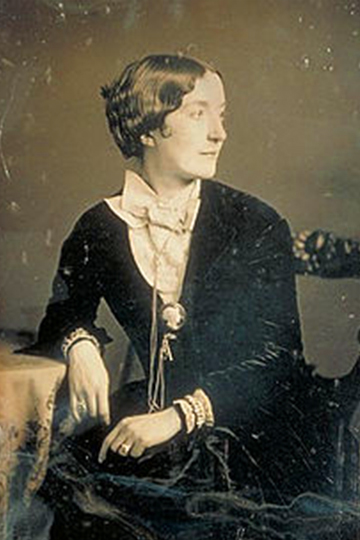
Jean Lander
Zoé Berthier, (1823-1909) wife of Ernest Hello, is a novelist under the pseudonym Jean Lander. She would not only be his wife but also his main collaborator. After their marriage, they lived in the manor of Keroman near Lorient (destroyed) where they had set up a study in a round tower attached to a pavilion (postcard dated 1907 - arch.pers.).
-

Jean-François Bladé
Jean-François Bladé (1827–1900) was a French magistrate, historian and folklorist. He is mainly known for his publication of the oral tradition of Gascony. He is particularly known for publishing an account of the Mass of Saint-Sécaire, used as a source by James Frazer in The Golden Bough. His best-known work in France is his three-volume Contes populaires de la Gascogne (1886), a collection of folk tales supposedly taken down verbatim from illiterate narrators in the Gascon language, though Bladé provides only a 'translation' into French.